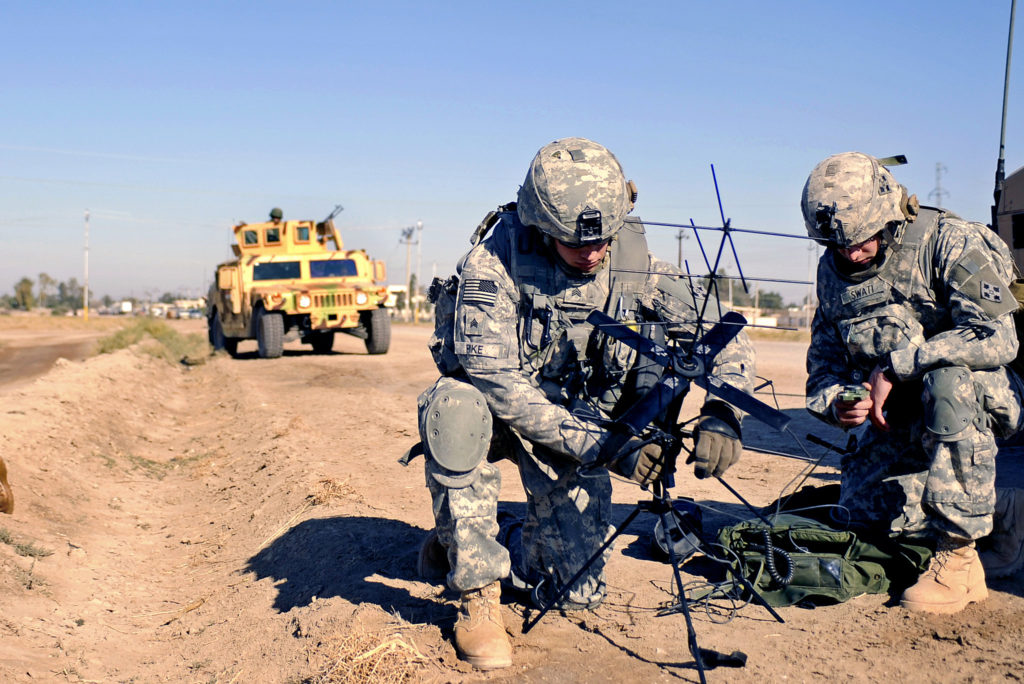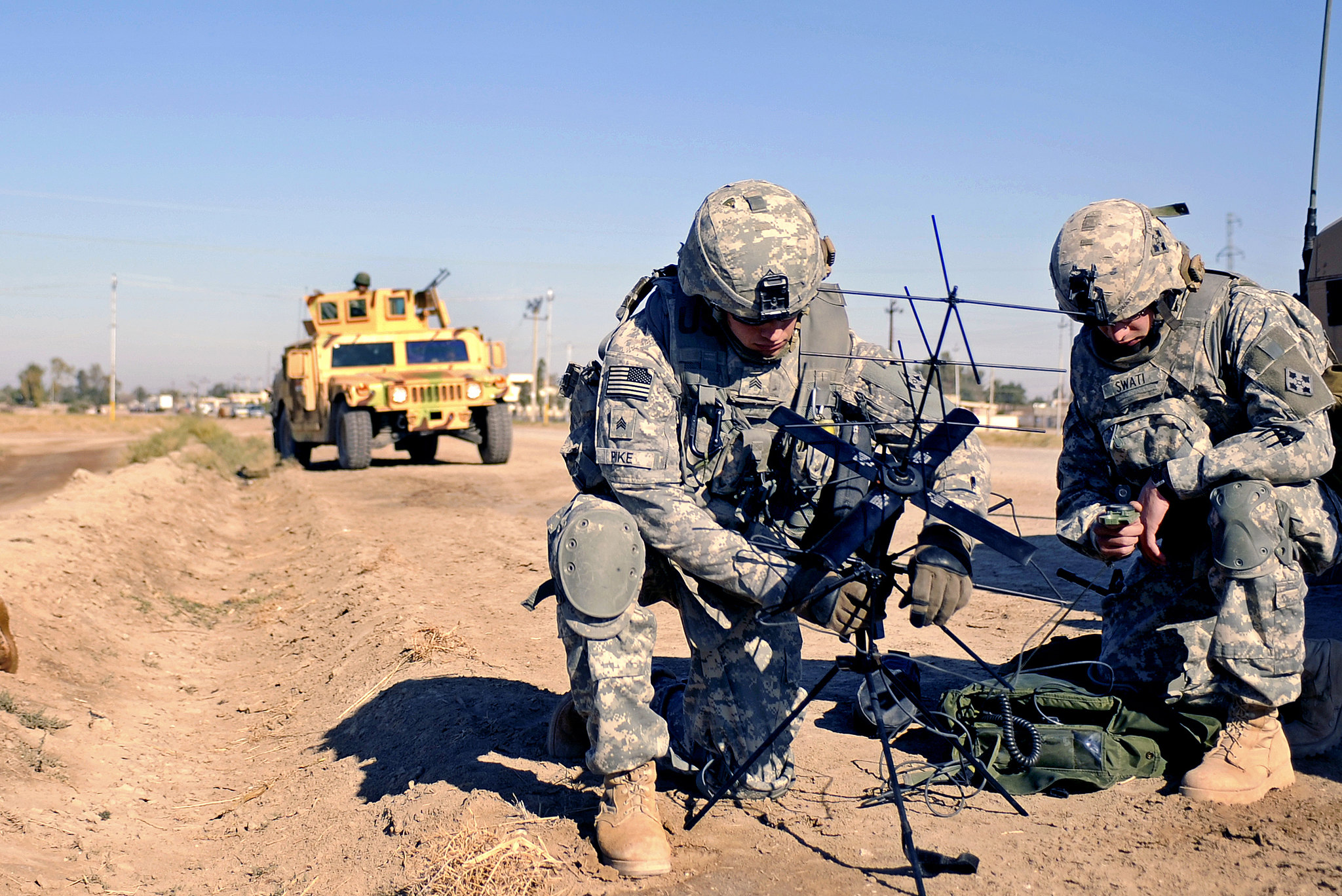

Topic Objective
Develop an automated AI-based spectrum interface capability across the White Sands Missile Range (WSMR) range that monitors RF signals in order to identify, classify, track and predict detected signals over frequency bands for signal interference detection and signals analysis. Currently, when WSMR sends test data across the range, there is RF interference that disrupts the data flow.
Description
Develop, design, and incorporate AI deep learning tools to enable WSTC to identify and classify RF signals within an area of interest. This effort will provide automatic modulation classification in addition to emitter position, navigation, and timing (PNT) information. BEAGLE is required to track the history of all encountered RF devices at WSTC and visualize the history of these previously identified devices. AI deep learning will enable BEAGLE to be self-trained in order to provide automated RF signal trending, prescribe solutions to any RF interference, predict expected RF environment behavior, and validate RF test events.
Phase I
In BEAGLE Phase I, a study is proposed for determining the scientific and technical merit and feasibility.
Phase II
This phase will further develop the first phase, in which awards shall be made on the scientific, technical, and commercial merit of the Phase II proposal. Phase II is the principal research and development effort and is expected to produce a well-defined deliverable prototype. This Phase is expected to be a 1-year Phase.
Phase III
This phase intends to provide product/commercialization of the Phase II prototype in which Department of Defense (DoD) and/or commercial Applications of SBIR/STTR-funded R&D are developed. This Phase is expected to be a one-year phase.
Submission Information
To submit full proposal packages, and for more information, visit the DSIP Portal.

References:
US Army. (2019). 2019 Army Modernization Strategy: Investing in the Future. Retrieved from: https://www.army.mil/e2/downloads/rv7/2019_army_modernization_strategy_final.pdf US Department of Defense. (2018). 2018 National Defense Strategy of the United States Summary, 11. Retrieved from: https://www.defense.gov/Portals/1/Documents/pubs/2018-National-Defense-Strategy-Summary.pdf
Topic Objective
Develop an automated AI-based spectrum interface capability across the White Sands Missile Range (WSMR) range that monitors RF signals in order to identify, classify, track and predict detected signals over frequency bands for signal interference detection and signals analysis. Currently, when WSMR sends test data across the range, there is RF interference that disrupts the data flow.
Description
Develop, design, and incorporate AI deep learning tools to enable WSTC to identify and classify RF signals within an area of interest. This effort will provide automatic modulation classification in addition to emitter position, navigation, and timing (PNT) information. BEAGLE is required to track the history of all encountered RF devices at WSTC and visualize the history of these previously identified devices. AI deep learning will enable BEAGLE to be self-trained in order to provide automated RF signal trending, prescribe solutions to any RF interference, predict expected RF environment behavior, and validate RF test events.
Phase I
In BEAGLE Phase I, a study is proposed for determining the scientific and technical merit and feasibility.
Phase II
This phase will further develop the first phase, in which awards shall be made on the scientific, technical, and commercial merit of the Phase II proposal. Phase II is the principal research and development effort and is expected to produce a well-defined deliverable prototype. This Phase is expected to be a 1-year Phase.
Phase III
This phase intends to provide product/commercialization of the Phase II prototype in which Department of Defense (DoD) and/or commercial Applications of SBIR/STTR-funded R&D are developed. This Phase is expected to be a one-year phase.
Submission Information
To submit full proposal packages, and for more information, visit the DSIP Portal.
References:
US Army. (2019). 2019 Army Modernization Strategy: Investing in the Future. Retrieved from: https://www.army.mil/e2/downloads/rv7/2019_army_modernization_strategy_final.pdf US Department of Defense. (2018). 2018 National Defense Strategy of the United States Summary, 11. Retrieved from: https://www.defense.gov/Portals/1/Documents/pubs/2018-National-Defense-Strategy-Summary.pdf
